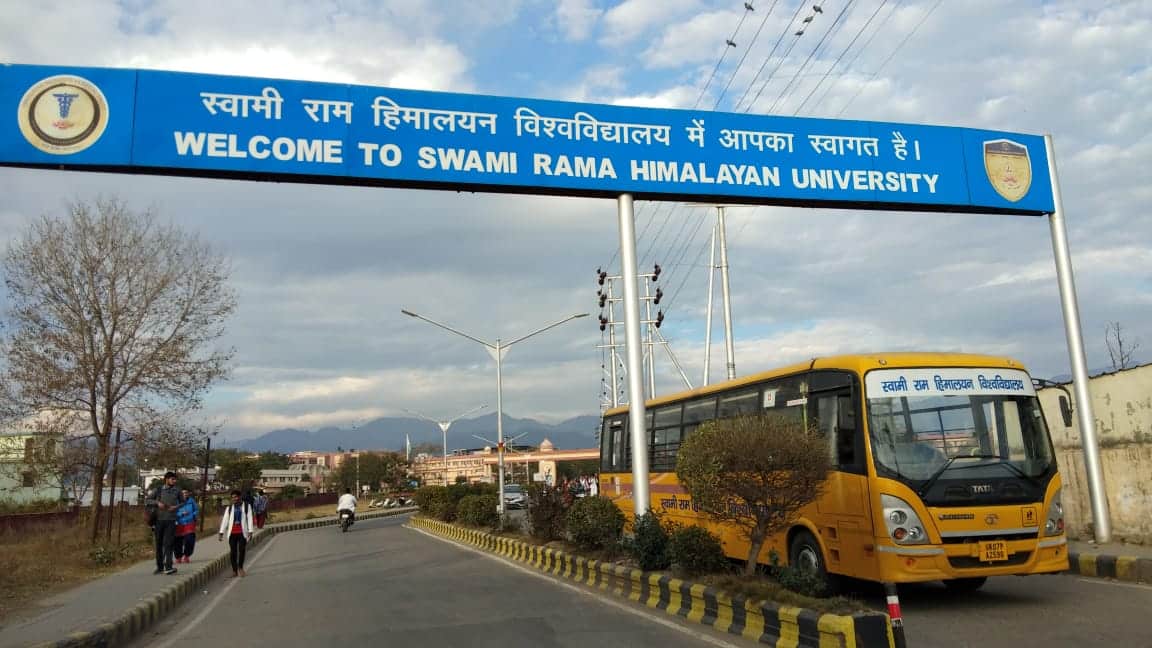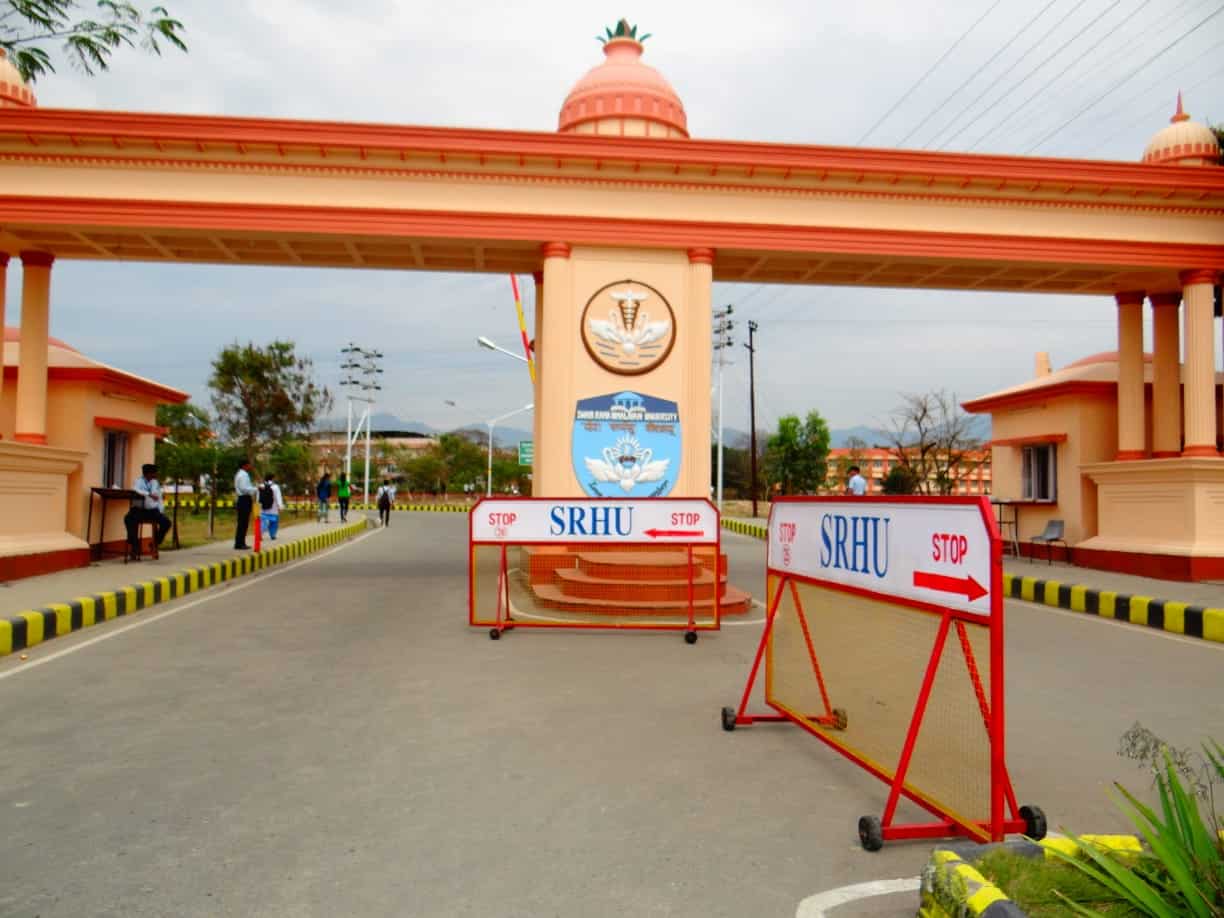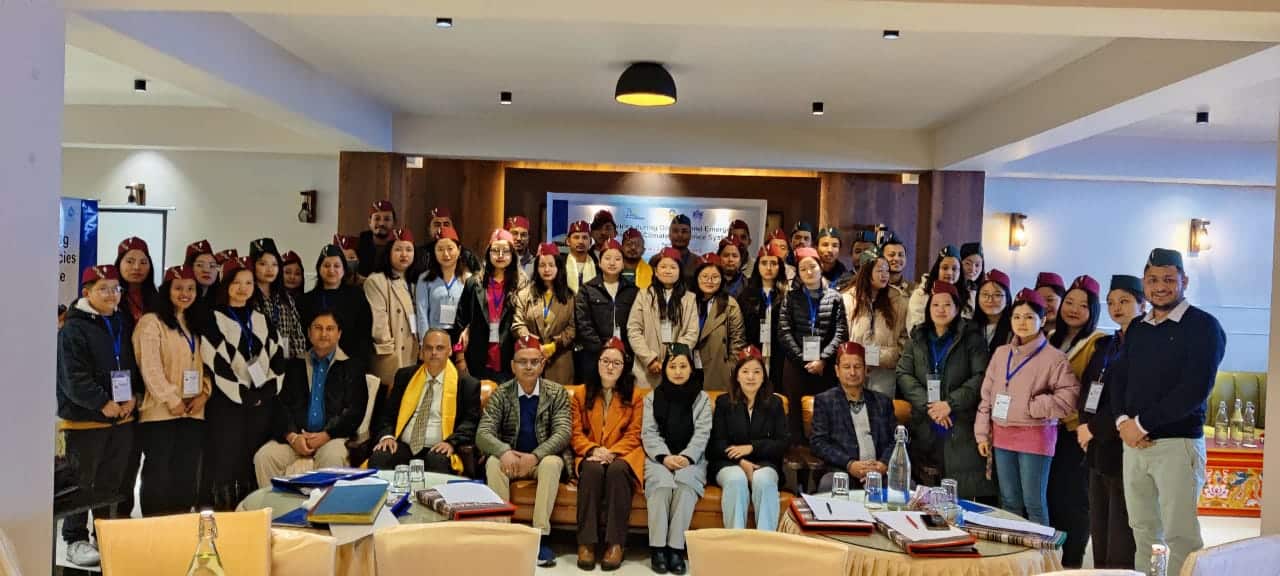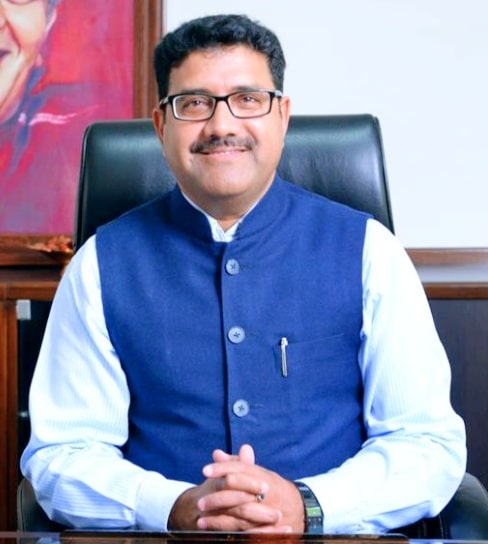Swami Rama Himalayan University Sets a Shining Example in Water Conservation
Swami Rama Himalayan University's 'Bhagirath' Effort for Water and Life
Visit SRHU Jollygrant for Water Conservation Techniques
SRHU: The Temple of Service Recognizes the Importance of Every Drop of Water
SRHU Jollygrant's 'Bhagirath' Effort for Water Supply and Conservation Continues
Water Conservation is Essential to Save the Future - Dr. Vijay Dhasmana
World Water Day (Wednesday, March 22, 2024)
The 'Bhagirath' effort of Himalayan Institute Hospital Trust (HIHT), a sponsored institution of Swami Rama Himalayan University (SRHU) Jollygrant, for water supply and conservation continues. For the past 26 years, it has expanded the water and sanitation campaign to more than 550 remote hill villages and 31 states including Union Territories.
Additionally, in the university campus, 10 recharge pits with a capacity of 2.5 lakh liters and 2 borewell recharges have been constructed for water conservation and groundwater replenishment. The university has set a unique example in water conservation by constructing a rainwater harvesting tank with a capacity of 1.5 lakh liters for toilets in various faculties and an STP with a daily capacity of 10 lakh liters.
Formation of Watson 26 Years Ago Dr. Vijay Dhasmana, President of Swami Rama Himalayan University, mentioned that it's a good sign that many institutions are now understanding the importance of water. However, our institution had already established a separate Water and Sanitation (Watson) department in 1998, nearly 26 years ago. Since then, the Watson team has been providing drinking water to hundreds of remote villages in Uttarakhand and conducting capacity building programs in different states.
HIHT is the Main Resource Centre and Sector Partner with the Ministry of Jal Shakti
President Dr. Vijay Dhasmana mentioned that the Ministry of Jal Shakti, Government of India, has named HIHT as the sector partner and the key resource center (K.R.C.) for the National Jal Jeevan Mission's 'Har Ghar Jal Scheme'. This is not the result of a day or month's effort but years of excellent efforts in the field of drinking water by the HIHT team.
12 Rain Water Harvesting Recharge Pits Created President Dr. Vijay Dhasmana revealed that currently, 12 rainwater harvesting recharge pits have been created in the SRHU campus for the conservation of rainwater. These recharge pits have numerous benefits, allowing rainwater to easily seep into the ground, thus maintaining the groundwater level.
Patent for Direct Injection Technique for Recharging Dried Handpumps and Water Source Augmentation
Dr. Vijay Dhasmana, the university president, informed that an innovative 'Direct Injection' technique for the use of rainwater for the recharge of dried handpumps and water source augmentation has been patented. Additionally, a rainwater harvesting tank with a capacity of 1.5 lakh liters for toilets has been constructed in various faculties of the university, designed to supply water throughout the year for 365 days.
7787 Participants from 31 States Trained on Jal Jeevan Mission
Advisor Prof. H.P. Uniyal mentioned that SRHU experts, as the main resource center (K.R.C.) for the Government of India, have been training public health engineers, state government officials, and panchayats/water committees in their respective states across 31 states (from Jammu & Kashmir to Kerala, Lakshadweep to Andaman & Nicobar, Sikkim to Gujarat). So far, 7787 participants have been trained on various water-related topics through 163 training programs. This year, the goal is to train approximately 5000 participants.
10 Lakh Liters of Water Recycled Daily
Prof. H.P. Uniyal informed that the capacity of the Sewage Treatment Plant (STP) constructed in the SRHU campus has been increased. Through this plant, 10 lakh liters of water are now purified daily. The treated water is reused for irrigation and gardening within the campus.
Millions of Liters of Water Saved Annually with Waterless Urinals
Deputy Director Nitesh Kaushik mentioned another effective initiative for water conservation. The university's public toilets are being equipped with waterless urinals made with state-of-the-art technology. So far, more than 100 waterless urinals have been installed in the initial phase. In the future, such waterless urinals will be installed in all public toilets across the campus. From a sanitation perspective, this is also better. Normally, we save about 1.50 lakh liters of water per year from being wasted per urinal.





